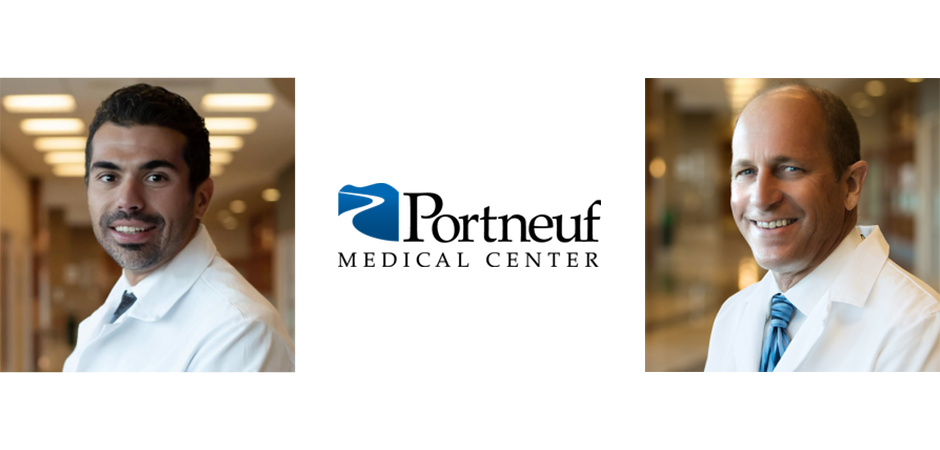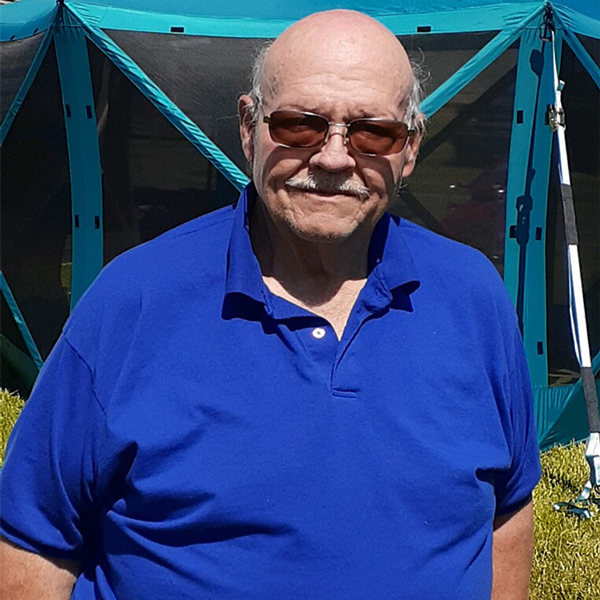
POCATELLO — June is National Hernia Awareness Month, and two local doctors want community members to know if you're suffering from a hernia, there is help.
Dr. Jorge De Amorim Filho is a general and trauma surgeon as well as director of Robotics and Hernia Center of Excellence at Portneuf Medical Center. De Amorim Filho said hernias are defects that show up in the body as holes. A hernia occurs when an internal organ pushes through that hole or weak spot. This typically shows up in the abdominal wall, groin, belly button and diaphragm.
There's a wide variety of different hernia types including congenital hernias, which means they are present from birth, inguinal hernias, which are common in males, and incisional hernias, which can arise after having abdominal surgery, De Amorim Filho explained.
"They can be very serious depending on the hernia," he told EastIdahoNews.com. "Hernias … carry significant risks. The risk of incarceration and strangulation is real, and that's when the intestine or fat or intra-abdominal contents gets stuck in the hernia. That can cause the intestine or the area to die, and that can be a severe life-threatening problem."
Dr. Drew McRoberts, who is the chief of surgery and trauma medical director for PMC, said most of the time a person with a hernia can feel a bulge or a lump under the skin where the hernia is. Other times, people will only experience pain in the area.
"If the intestine is protruding out of the hernia, the patient will frequently feel nausea, sick to their stomach. They may throw up, and it can cause your bowels to become obstructed so your entire abdomen becomes bloated," McRoberts said.
There are more than 1 million hernia surgeries done every year in the United States, according to McRoberts. At their facility, they perform over 500 hernia surgeries a year, and roughly 75% of the hernia repairs are done on an outpatient basis.
They receive referrals for hernia surgeries for people not only living in Idaho but also Montana, Wyoming and Utah.
"We're doing more than one a day, every day, all year long," McRoberts added.
De Amorim Filho said 90% of the hernia repairs completed at PMC are performed robotically, meaning they use a surgical robot with a camera and small incisions that are less than half an inch in size are made. Between the two medical professionals, they have completed almost 2,000 hernia surgeries robotically.
"That's part of our Hernia Center of Excellence is we progress to even being able to fix the largest hernias … through very small incisions," McRoberts said. "We have those patients even with the biggest repairs, they're usually going home in two or three days. In the past, when we had to do these repairs through open big incisions … those patients were staying in the hospital 10 to 14 days afterward."

Courtesy Craig Gates
Craig Gates, 67, had what he described as a "complicated hernia" and had surgery earlier this year at PMC with De Amorim Filho. He was pleased with how well he was taken care of and was grateful for the team approach the surgeons showed.
"They talk about the patients on a daily basis … so you're always dealing with the person who has the most experience with what that patient has," Gates explained. "I have a lot of confidence in those people. They talk back and forth, share their experiences and if things aren't right, they don't do it. They look out for the patient."
McRoberts said three steps can be taken to try and prevent getting a hernia which include not smoking, watching your weight — obesity increases the risk of hernias — and if you're diabetic, controlling your diabetes.
However, if you feel a bulge in your belly button, groin or incision that you're concerned about, De Amorim Filho said if you can push it back in it's typically safe to be seen in a clinic. If there's a mass that is tight or hard and can't be pushed back in, you should seek immediate care.